Example: Given the quadratic function in vertex form, state the domain, range, vertex, x-intercepts, y-intercept, the orientation (opens up or opens down), and the axis of symmetry. Finally graph the function.

Solution:
Find the vertex.
When the quadratic function is written in standard form you can identify the vertex as (h,k).


The vertex of the quadratic function is  .
.
Find the orientation.
The leading coefficient of the quadratic function is negative so the parabola opens down.
Find the y-intercept.
To find a y-intercept let x=0.
 |
|
 |
|
  |
|
  |
|
  |
|
   |
The y-intercept is  .
.
Find the x-intercept.
 |
|
 |
|
   |
|
   |
|
   |
|
   |
|
   |
|
  or or  |
The x-intercepts are  and
and 
Find the axis of symmetry.
The axis of symmetry is a vertical line that passes through the vertex. Since the vertex is  the axis of symmetry is
the axis of symmetry is  .
.
Graph the function.
Plot the intercepts and the vertex.
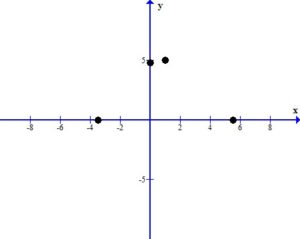
Since the vertex is the highest point we can draw the parabola using the peak at the vertex.
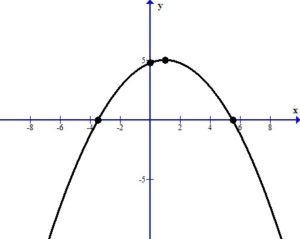
Find the domain and range.
The domain is  .
.
The range is 
![- infty, 5 {}{]} - infty, 5 {}{]}](https://math15fun.com/wp-content/plugins/wpmathpub/phpmathpublisher/img/math_981_d4fedb3b6ae0adccbd6fd0360d594d3c.png) .
.
Here is a video example analyzing a quadratic function in vertex form.
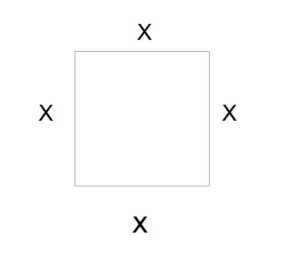
 and the area of the square is
and the area of the square is  .
.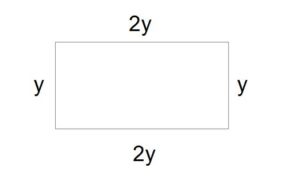
 and the area of the rectangle is
and the area of the rectangle is  .
.












 is in the form of a quadratic function. The graph of a quadratic function is a parabola. This quadratic function has a leading coefficient of
is in the form of a quadratic function. The graph of a quadratic function is a parabola. This quadratic function has a leading coefficient of  and since it is positive means that the parabola is opening up.
and since it is positive means that the parabola is opening up.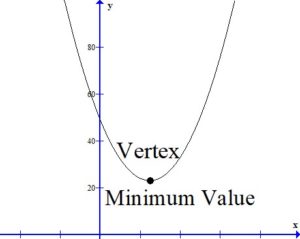








 .
.

 )
)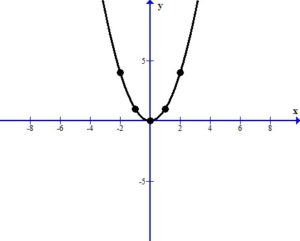
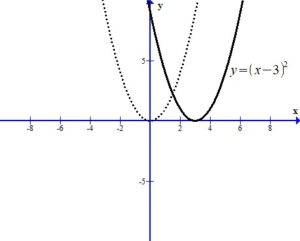
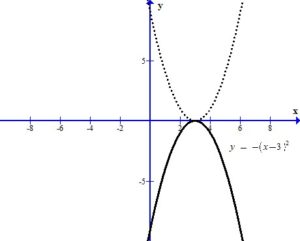
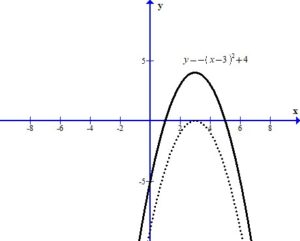
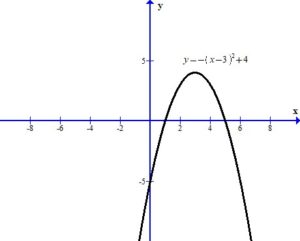
 ]
] . Then use the factor theorem to determine whether
. Then use the factor theorem to determine whether 
 is divided by
is divided by  , then the remainder is
, then the remainder is  .
. Calculate
Calculate 


 and calculate
and calculate  .
.




 .
.